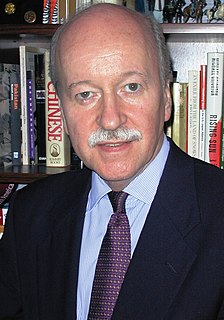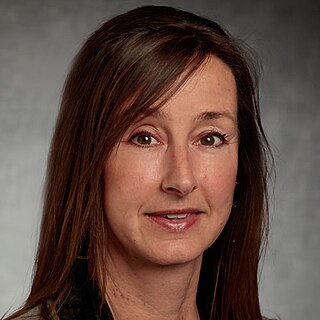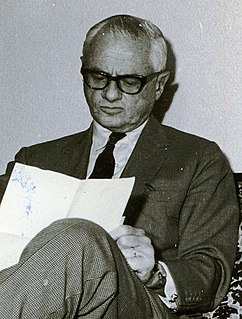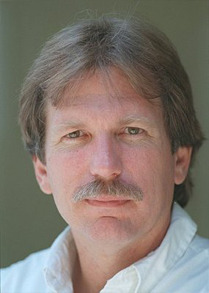 W
WHerbert Eugene Caen was a San Francisco humorist and journalist whose daily column of local goings-on and insider gossip, social and political happenings, painful puns, and offbeat anecdotes—"a continuous love letter to San Francisco"—appeared in the San Francisco Chronicle for almost sixty years and made him a household name throughout the San Francisco Bay Area.
 W
WSandra Eisert is an American photojournalist, now an art director and picture editor. In 1974 she became the first White House picture editor. Later she was named Picture Editor of the Year by the National Press Photographers Association in its annual competition. She contributed to 1989 earthquake coverage that won a Pulitzer Prize for the San Jose Mercury News. As of 2012, she has her own business providing strategic planning for startups.
 W
WMary Lou "Ludie" Forbes was an American journalist and commentator. She spent six decades at the Washington Evening Star and The Washington Times, serving as the Times commentary editor until weeks before her death. As Mary Lou Werner she won the annual Pulitzer Prize for Local Reporting for her Evening Star coverage of the 1958 school integration crisis in Virginia in the aftermath of the 1954 Supreme Court of the United States decision in Brown v. Board of Education.
 W
WCharles J. Hanley is a journalist and author who reported for the Associated Press (AP) for over 40 years, chiefly as a roving international correspondent. In 2000, he and two AP colleagues won the Pulitzer Prize for Investigative Reporting for their work confirming the U.S. military’s massacre of South Korean refugees at No Gun Ri during the Korean War.
 W
WMax Kase was an American newspaper writer and editor. He worked for the Hearst newspapers from 1917 to 1966 and was the sports editor of the New York Journal-American from 1938 to 1966. In 1946, he was one of the driving forces behind the creation of the New York Knicks and the Basketball Association of America, predecessor to the NBA. He won a special Pulitzer Prize in 1952 for his work exposing corruption in men's college basketball, primarily the CCNY Point Shaving Scandal.
 W
WWalter Lippmann was an American writer, reporter and political commentator famous for being among the first to introduce the concept of Cold War, coining the term "stereotype" in the modern psychological meaning, as well as critiquing media and democracy in his newspaper column and several books, most notably his 1922 book Public Opinion.
 W
WByron Price was director of the U.S. Office of Censorship during World War II.
 W
WRaquel Rutledge is an American newspaper reporter. In April 2010 she won the Pulitzer Prize for Local Reporting; she exposed widespread fraud in the "Wisconsin Shares" child-care system in a yearlong series, "Cashing In on Kids", for the Milwaukee Journal Sentinel, which also won the 2010 Goldsmith Prize for Investigative Reporting. Her work also won the Worth Bingham Prize for Investigative Reporting and 2009 George Polk Awards.
 W
WAndrew Jay Schneider was an American journalist and investigative reporter who worked for the Pittsburgh Press and Seattle Post-Intelligencer as a public-health reporter. He received back-to-back Pulitzer Prizes while working for the Press: one in Specialized Reporting in 1986 with Mary Pat Flaherty, and another for Public Service with Matthew Brelis and the Press in 1987. Schneider also co-authored a book about an asbestos contamination incident in Libby, Montana, entitled "An Air That Kills".
 W
WCyrus Leo Sulzberger II was an American journalist, diarist, and non-fiction writer. He was a member of the family that owned The New York Times and he was that newspaper's lead foreign correspondent during the 1940s and 1950s.
 W
WGary Stephen Webb was an American investigative journalist.